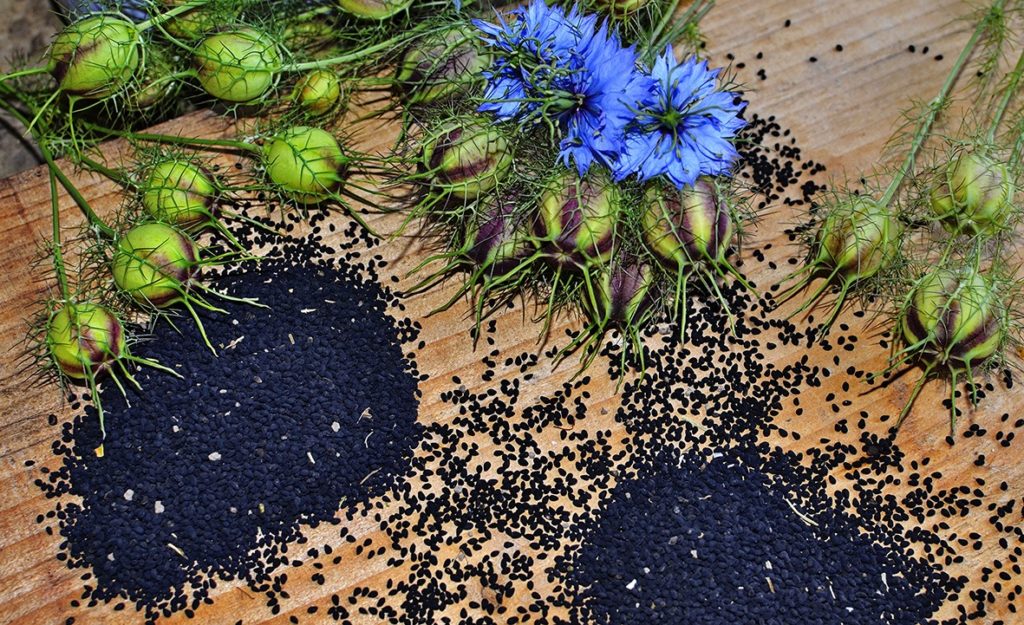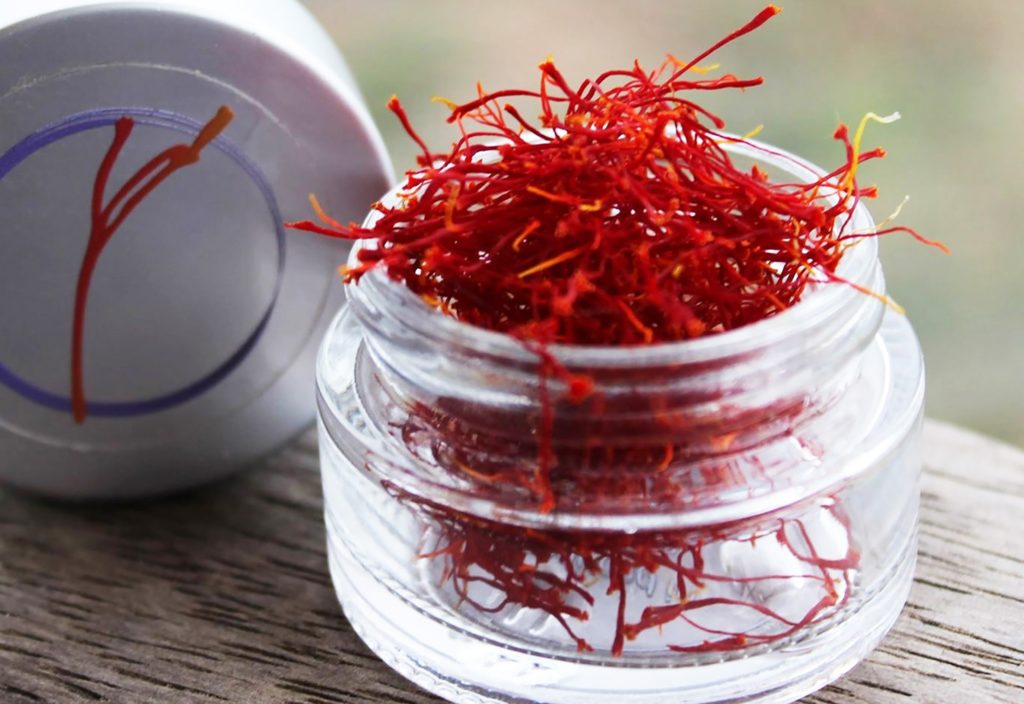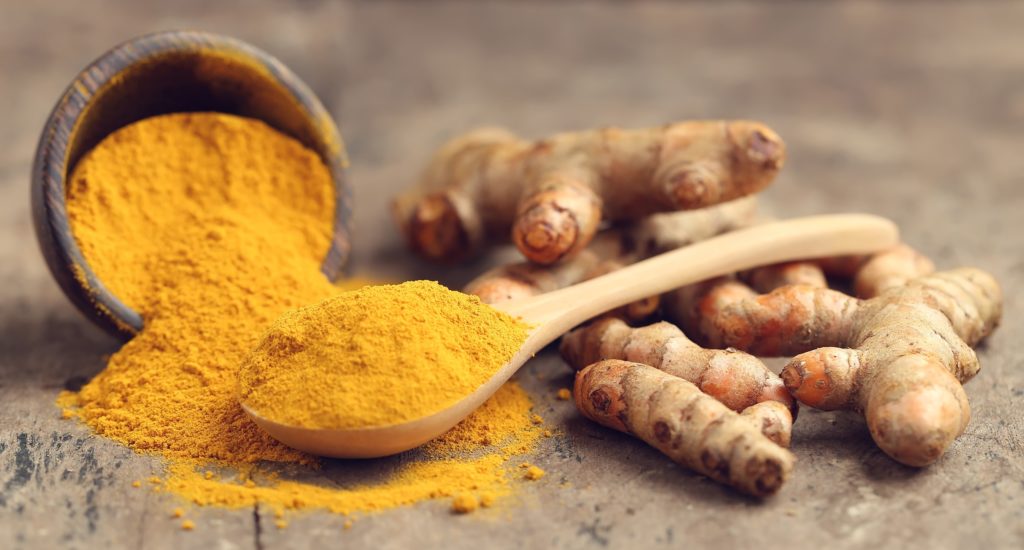Homegrown spice packing a punch
The resurgence in home cooking during lockdowns has led to skyrocketing demand for spices. But when it comes to locally grown seasonings, Australian offerings are just a sprinkle in the pot. Australia’s $494 million spice industry produces only three percent of its products locally. This is despite the fact that some regions offer ideal spice-growing conditions. But growers and agricultural researchers are now exploring the opportunities that locally grown spices can offer. New industries are emerging that could provide consumers with quality homegrown spices at a cheaper price than imported offerings.

Northern Australia heats up
A recent “Spicing up the North” research project from Central Queensland University found that three popular, high-value spices could be cultivated commercially in Australia’s tropical regions. Black sesame, kalonji (also known as Nigella sativa) and fennel recorded strong yield and quality levels in small plot trials. This paves the way for larger-scale assessments on commercial farms. If successful, this would enable farmers and processors across northern Australia to capitalise on the booming demand for spices.
The research project found that changing tastes among the middle classes for new flavours and the use of spices in health products were contributing to growing global demand.
“Trend analyses indicate that demand for spices is likely to continue increasing,” says CQ University Associate Professor Delwar Akbar. “This presents a major opportunity for our agricultural sector to replace Australia’s current spice imports with domestically produced crops. And for farmers to profit from the high values on offer.”

Worth its weight in gold
Saffron is the world’s most expensive spice, potentially setting you back up to $100 a gram. The spice’s high price predominantly comes from the fact that the flower’s prized but delicate filaments must be harvested and processed by hand. It takes about 15 to 20 flowers to produce 100 milligrams of saffron filaments. If these are of high quality, this is enough to colour and flavour a dish for four to eight people.
Production of saffron in Australia is currently a small industry, but it’s a growing one. Saffron is now grown in regions across South Australia, Victoria, New South Wales and Tasmania. And we’re developing a reputation for producing some high-quality stuff.
Brendon and Angela Argyle of Argyle Saffron in Orange, NSW, only began producing saffron a few years ago. Even so, they’ve already made an impression. The Argyles picked up a gold medal at the 2021 delicious. Produce Awards. They’re also seeing huge demand from customers seeking premium saffron for both culinary and health purposes.
Jen Hancock and Lee Robinson of Elladnelle Farm in the Upper Derwent Valley of Tasmania have also only been growing saffron for a relatively short time. But their high-grade saffron also scored the couple a gold medal in the 2020 delicious. Produce Awards.

Bringing the zing
Australia already grows large quantities of ginger. Commercial ginger production was established here in the mid 20th Century after WWII cut off our supply from China. According to the Australian Ginger Industry Association, ginger production in Australia now averages at 8000 tonnes per year. Despite this, Australia still only accounts for less than one percent of world ginger production. China and India currently dominate global output.
Queensland’s Sunshine Coast and Wide Bay regions grow most of our ginger. Local processors Buderim Ginger and Bundaberg Brewed Drinks both use this high-quality homegrown ginger to make their products. This includes the classic Bundaberg ginger beer.

The golden child
In a recent report that explored new and emerging agricultural opportunities, AgriFutures Australia identified turmeric as a potential area ripe for expansion and growth. There’s strong demand for turmeric both here in Australia and internationally as the spice can be used to make a wide variety of products. It also offers numerous potential health benefits.
Turmeric grows well in warm and subtropical regions. But currently, there are few commercial growers in Australia. Meanwhile, we import huge quantities, and demand continues to grow. AgriFutures’ report highlights that many of our current ginger-growing regions would also be suitable for turmeric production. Ginger growers could also easily adapt to growing turmeric, as the two spices share similar cultivation methods.
One Bundaberg ginger grower began producing turmeric commercially back in 2016. Bunda Ginga‘s Anthony Rehbein began trialling turmeric in 2013. He saw that there was growing demand for this “superfood”. Bunda Ginger now sells ground turmeric grown, harvested and ground in Bundaberg. 2018 saw it nominated for a delicious award.









